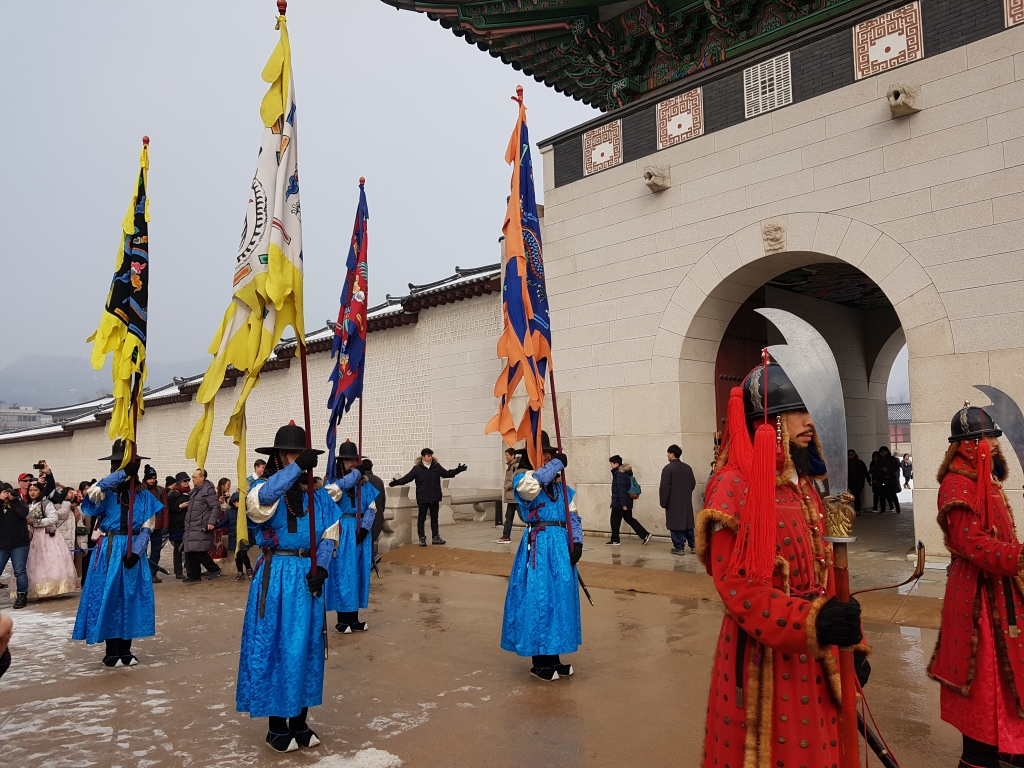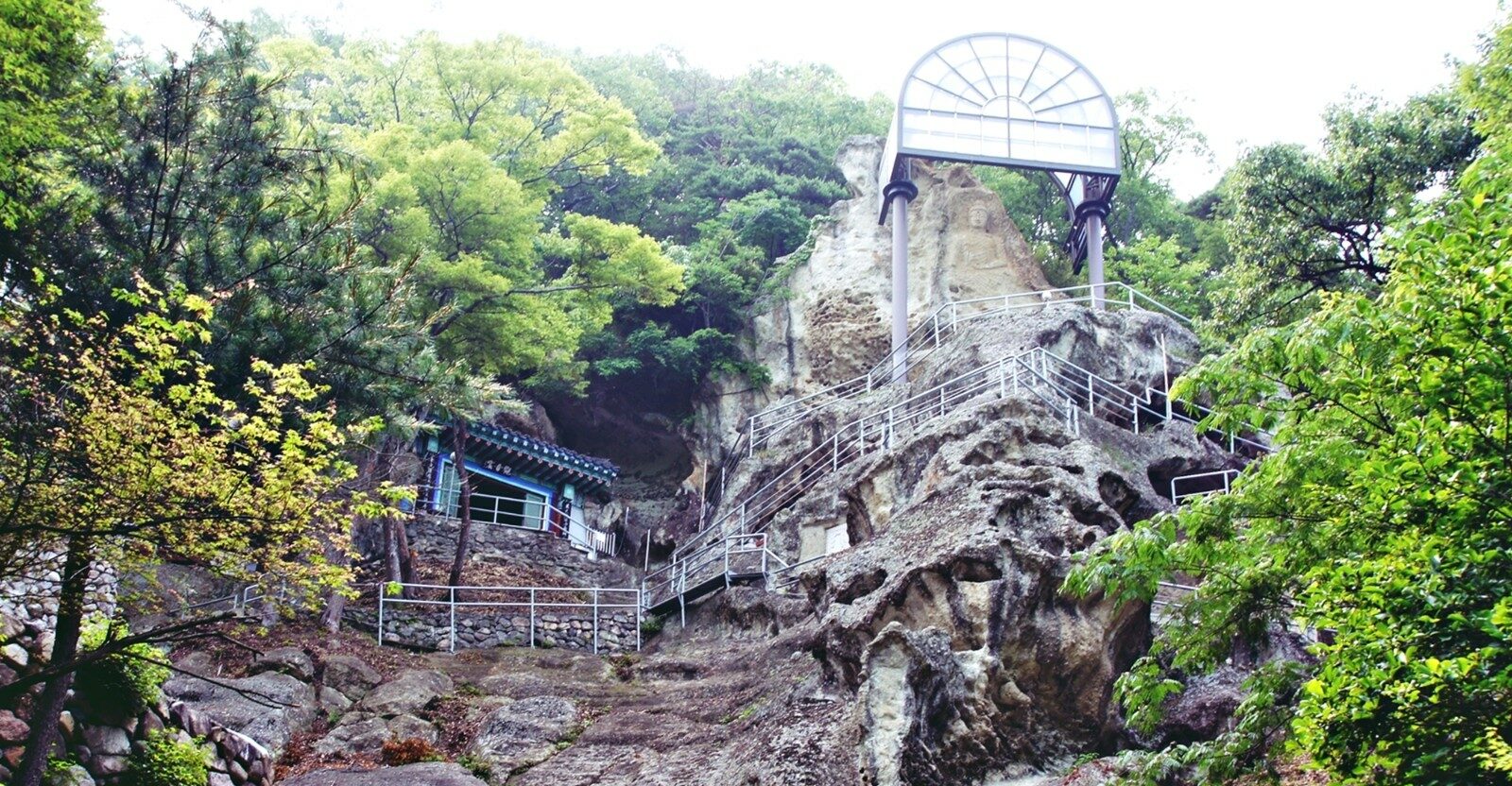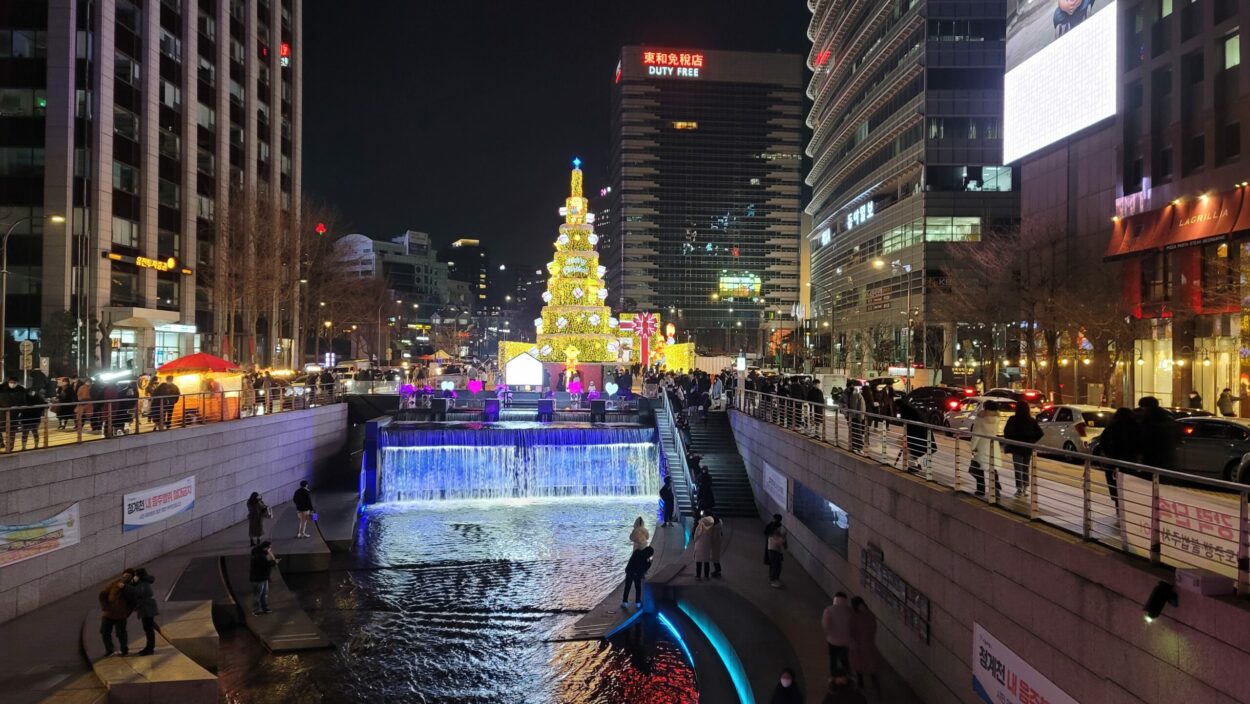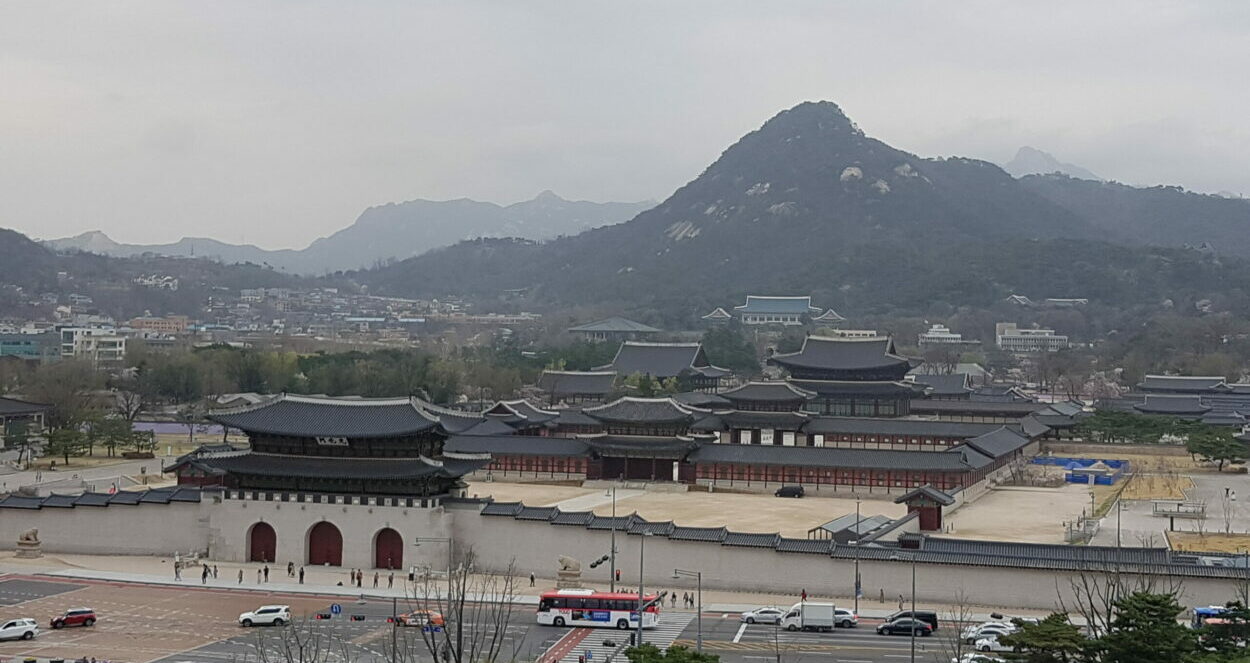Gyeongbokgung Palace stands proudly in Seoul’s vibrant heart as a majestic symbol of Korea’s rich history and cultural heritage. Built in 1395, it is the largest of the five grand palaces from the Joseon Dynasty. People often call it the Northern Palace because of its location in the city’s northern part. With its intricate architecture and sprawling grounds, Gyeongbokgung is a must-visit destination for anyone exploring South Korea.
A Glimpse into History:
King Taejo, the founder of the Joseon Dynasty, established Gyeongbokgung Palace. It served as the royal residence and seat of government. Originally, the palace complex featured over 7,700 rooms and was designed to be a self-sufficient city, similar to China’s Forbidden City. However, various conflicts, especially the Imjin War (1592-1598), led to its destruction and abandonment for nearly three centuries. In the late 19th century, Prince Regent Heungseon Daewongun spearheaded significant restoration efforts. These efforts resulted in the palace’s current grandeur, which includes around 330 buildings across approximately 410,000 square meters.
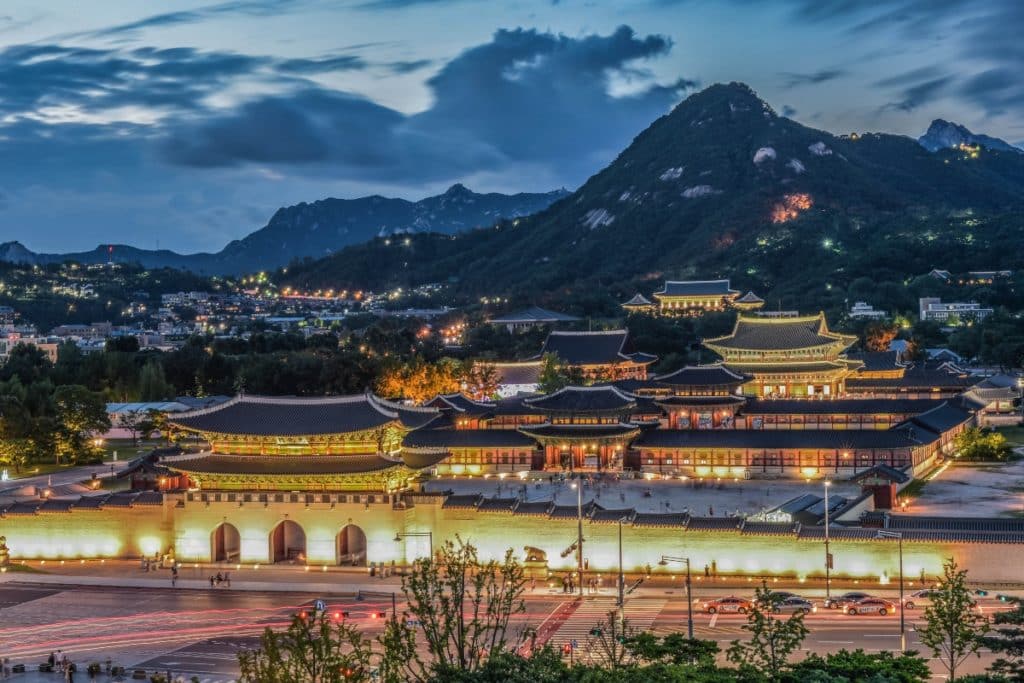
Must-See Attractions Within the Palace:
When visiting Gyeongbokgung Palace, be sure not to miss these key sites:
- National Palace Museum of Korea: Located just south of Heungnyemun Gate, this museum showcases over 40,000 artifacts from the Joseon Dynasty. You’ll find royal treasures and historical documents here. It’s a fantastic place to delve deeper into Korea’s royal history and culture.
- National Folk Museum of Korea: Situated on the eastern side within Hyangwonjeong, this museum offers insights into the daily lives and traditions of Korean people throughout history. Its exhibitions feature various aspects of Korean folk culture, making it a delightful stop for visitors interested in understanding more about Korean heritage.
- Hyangwonjeong Pavilion: This picturesque pavilion is located on a small island within a tranquil pond inside the palace grounds. It offers a serene escape from the bustling city and provides stunning views that are perfect for photography enthusiasts.
Unique Experiences:
- Traditional Korean Attire Rental: Enhance your visit by renting a hanbok, traditional Korean clothing, and exploring the palace grounds in style. Wearing a hanbok allows you to experience Korean culture and history firsthand.
- Guard Changing Ceremony: Witness the elaborate changing of the royal guard ceremony. This fascinating display of traditional Korean martial arts and pageantry occurs several times a day at the main gate.
Nearby Travel Spots:
While Gyeongbokgung Palace is a highlight, several nearby attractions enhance your visit to this historic area:
- Bukchon Hanok Village: This traditional village is just a short walk from Gyeongbokgung. It features beautifully preserved hanoks (traditional Korean houses) that offer a glimpse into Korea’s architectural past. Visitors can stroll through narrow alleys and enjoy cultural experiences such as tea ceremonies and craft workshops.
- Insadong Cultural District: Known for its art galleries, antique shops, and traditional tea houses, Insadong is a vibrant neighborhood. It’s an excellent place to shop for unique souvenirs and experience Korean culture firsthand.
- Cheonggyecheon Stream:This restored stream runs through downtown Seoul and provides a peaceful retreat amidst the urban landscape. Visitors can enjoy leisurely walks along its banks while taking in art installations and historical markers along the way.
Visiting Gyeongbokgung Palace is not only about witnessing architectural beauty. It’s also an opportunity to immerse yourself in Korea’s rich history and culture. With nearby attractions like Bukchon Hanok Village, Insadong, and Cheonggyecheon Stream, your journey through Seoul will be filled with unforgettable experiences. Don’t miss out on this enchanting destination that truly embodies the spirit of the Joseon Dynasty!

